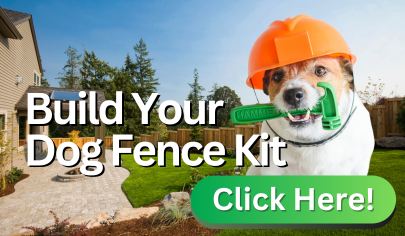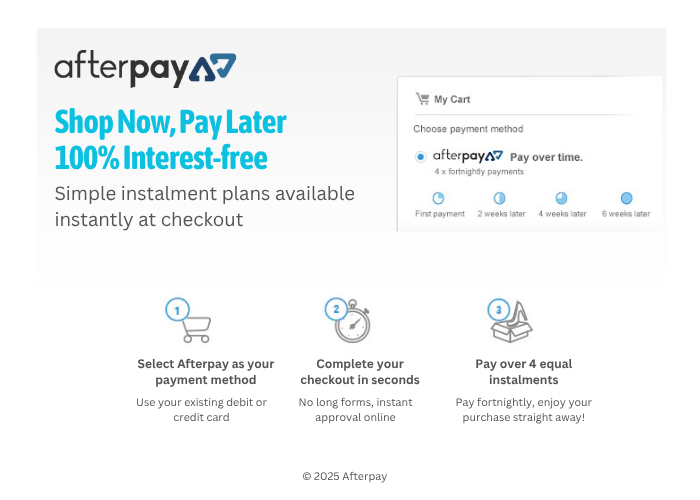So when you get a dog fence, how do you train the dog?
How to make it as easy on your dog - get instant results - and ensure long lasting success.
- Step 1. Start training at your dogs favourite escape point or the most vulnerable area first (An open gate)
- Step 2. Spend 80% of the time walking the dog around the safe area.
- Step 3. Keep your dog secure between training sessions.
And a BONUS Tip... - Step 4. Use the lowest levels in the collar when training - to get the best results.
This video takes you through these steps, and more...
These 3 points make a lot of sense
But you have no idea how many times we come across people who are either not aware of them, after they have had failures with the dog fence they purchased or have a system that was not a good match for their property and/or their dog. Getting the right system will mean years of trouble free dog containment.
Porch Sitting Syndrome... If you would like to know more about 'porch sitting syndrome', Plus get our FREE dog fence buying guide then complete the form for more information. We explain this in more detail and... how to avoid it.
Download Your Free Quote and Pricing Guide Here
There's a lot of options out there we know, and getting it wrong can end up costing more in the long run.
Feel free to call and chat to one of our Dog Fence Specialists to 1300 843 364.
You can also tell us about your dog and property and we will send through our Dog Fence Buying Guide and Pricing.
Loading...
Discover More about the Importance of
- * Lightning and Surge Protection - Included on your warranty with an External Surge Protection Box
- * Regulated Power Supply
- * HDPe Coated Wire (Australian Made)
- * Coded Digital FM Radio Frequencies.
- * The Anti Linger Feature and Battery Life ($)
- * The Chew Warranty included in all Premium Collars
- * Reaction times and 'Anti Run Through'
- * Tri Aerial System
- * Gentle Steps Training for Success
 The Dogline
The Dogline


















